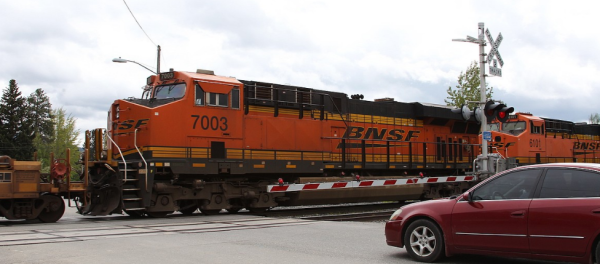Tribal discoveries, wildlife protection propel ITD projects to national awards
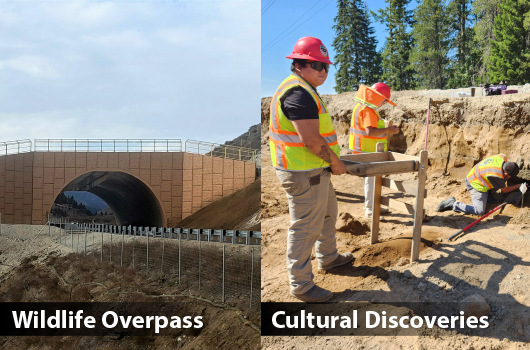
Cultural discoveries on a highway construction project in northern Idaho that changes the narrative for Native American heritage in the area, and the state’s first wildlife overpass, were the catalysts for a pair of awards Oct. 31 from the nation’s premiere transportation governing body.
The awards were presented to the Idaho Transportation Department (ITD) at the annual meeting Thursday of the American Association of State Highway and Transportation Officials (AASHTO) in Philadelphia, Pennsylvania.
“These two AASHTO national awards again prove that our employees are fantastic,” confirmed ITD Chief Deputy and Chief Operations Officer Dan McElhinney. “The SH-21 Lucky Peak wildlife crossing is a great partnering example, and the U.S. 95 McArthur Lake Bridge showcased excellent Tribal teamwork. Partnerships solved wildlife safety with cultural preservation success.”
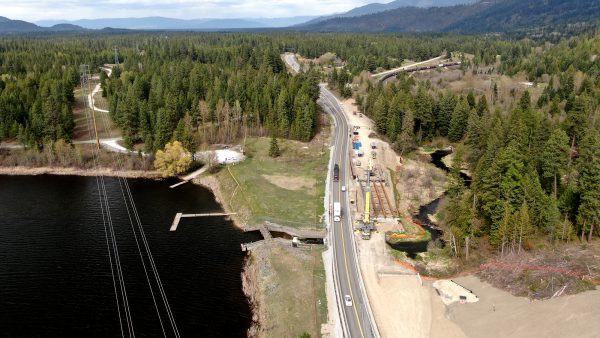
The cultural award was received by Jyl Wheaton of the Kootenai Tribe of Idaho (KTOI) and ITD Project Manager on the construction, CarrieAnn Hewitt.
The project itself was fairly straightforward – an $11M project in Boundary County that rebuilt an existing two-lane section, adding wider shoulders, and replacing a box culvert over Deep Creek, which provides an outlet to McArthur Lake. The existing width-restricted box culvert was replaced with a 300-foot span bridge to provide safe animal passage under the highway. During excavation, tribal artifacts were found, requiring an orchestrated approach to planning for the preservation of these key cultural resources. A one-of-a-kind partnership was forged between ITD, the Kootenai Tribe of Idaho, and contractors to preserve the rich history of the area’s indigenous people. One of the discoveries was a game-changer in terms of traditional thought. Native American artifacts were found that pre-dated the earliest-known timelines – these artifacts showed that the earliest human existence in the upper Columbia River Basin came some 4,000 years earlier than previously thought!
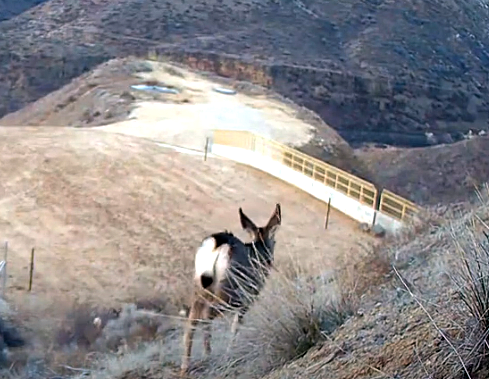 ITD’s Scott Rudel managed the wildlife overpass project, built on State Highway 21 just east of Boise. The $7.5M project constructed a 150-foot long wildlife overpass and more than a mile of big-game fencing parallel to the highway to guide animals to the overpass, significantly reducing wildlife-vehicle collisions on this busy highway section. Improving motorist safety and protecting the well-being of residents and commuters, along with wildlife alike benefits the traveling public, hunting and recreational heritage, and helps sustain the benefits our valuable wildlife resources and public lands provide. ITD wildlife-vehicle crash safety data and Dept. of Fish and Game GPS data determined the location of the overpass by finding where most migrating mule deer and elk crossed the highway. This is the next step in the long-range vision to promote safety, mobility, and economic opportunity along SH-21 between Lucky Peak and Idaho City. The goal is to reduce wildlife collisions in the area by 80%.
ITD’s Scott Rudel managed the wildlife overpass project, built on State Highway 21 just east of Boise. The $7.5M project constructed a 150-foot long wildlife overpass and more than a mile of big-game fencing parallel to the highway to guide animals to the overpass, significantly reducing wildlife-vehicle collisions on this busy highway section. Improving motorist safety and protecting the well-being of residents and commuters, along with wildlife alike benefits the traveling public, hunting and recreational heritage, and helps sustain the benefits our valuable wildlife resources and public lands provide. ITD wildlife-vehicle crash safety data and Dept. of Fish and Game GPS data determined the location of the overpass by finding where most migrating mule deer and elk crossed the highway. This is the next step in the long-range vision to promote safety, mobility, and economic opportunity along SH-21 between Lucky Peak and Idaho City. The goal is to reduce wildlife collisions in the area by 80%.
The AASHTO President’s Transportation Awards are considered the highest honor for state departments of transportation. It is proof positive that ITD consistently produces great projects on behalf of the taxpayers of Idaho. The two awards mark 23 President’s Awards received since 2014.




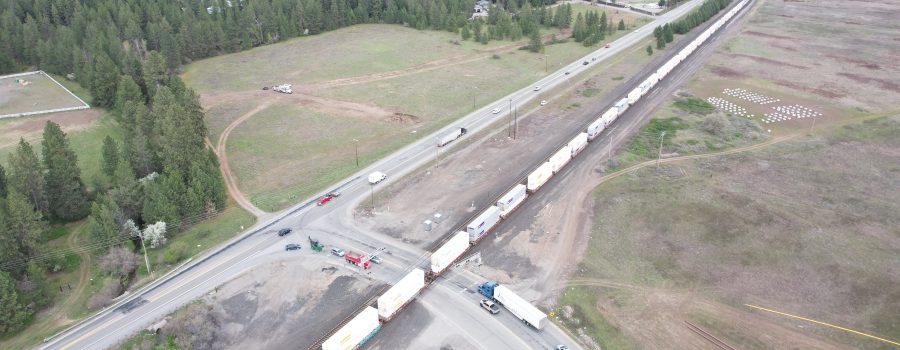
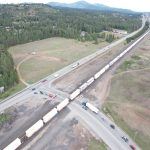
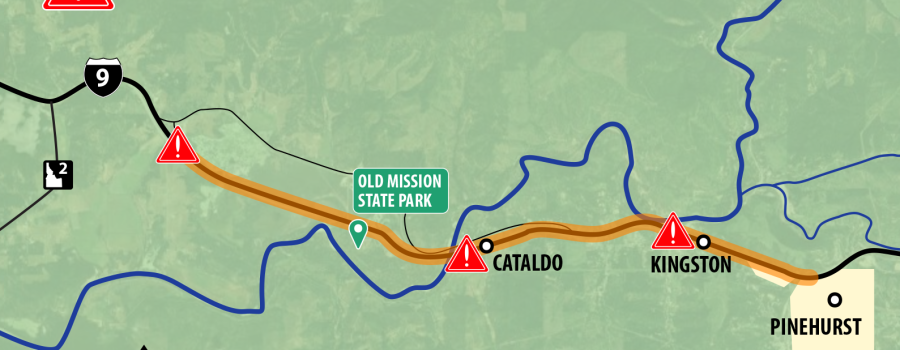
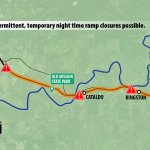
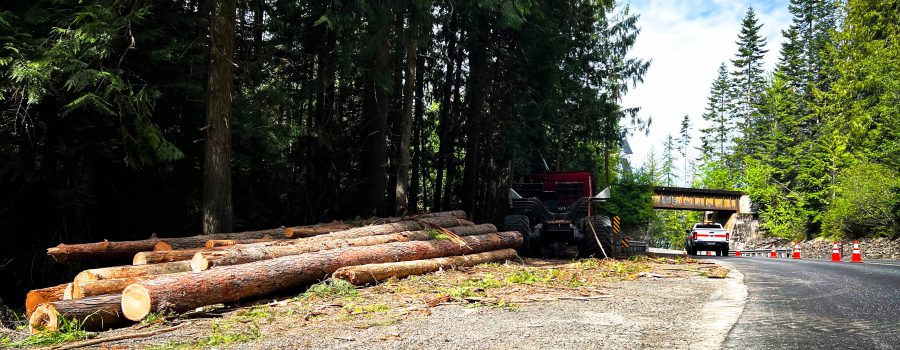

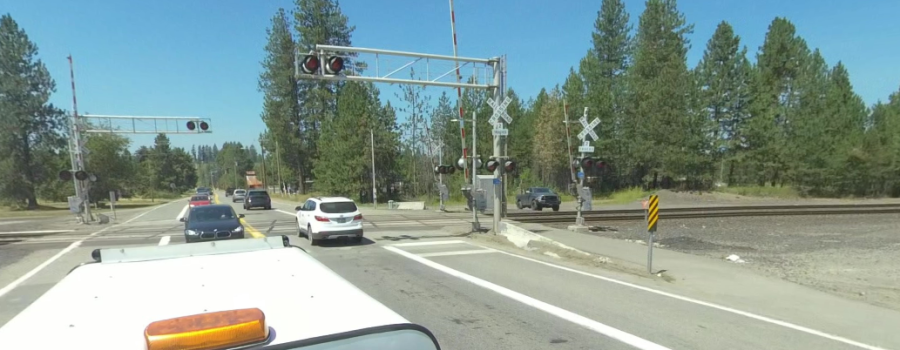
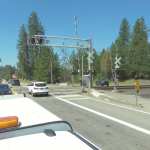
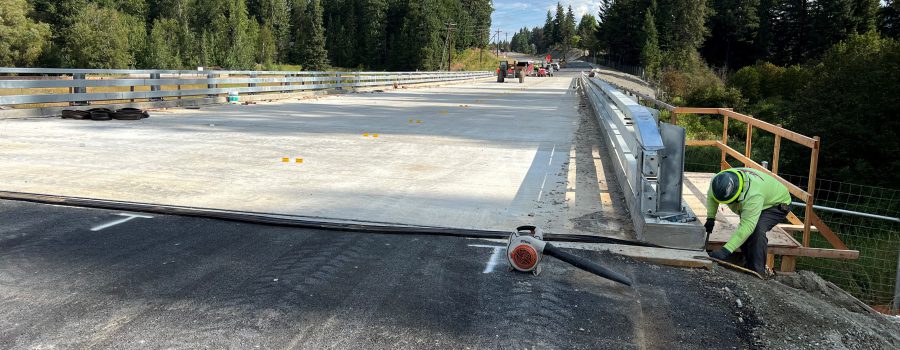
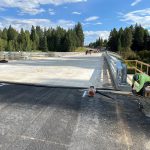
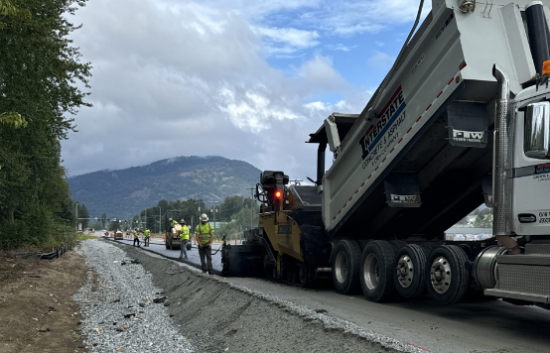
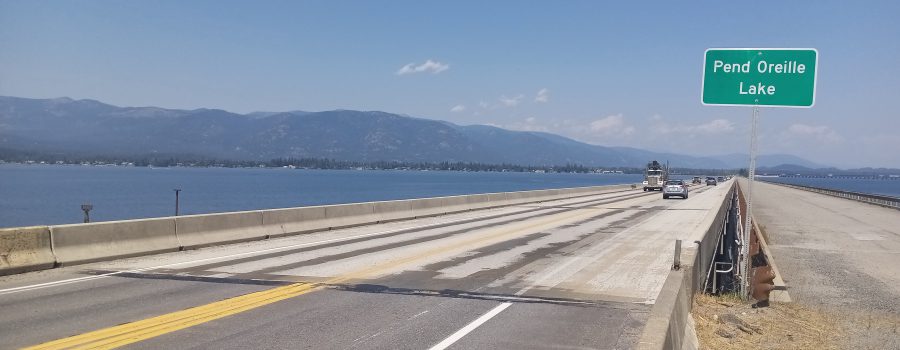
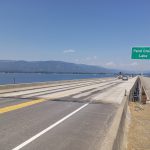
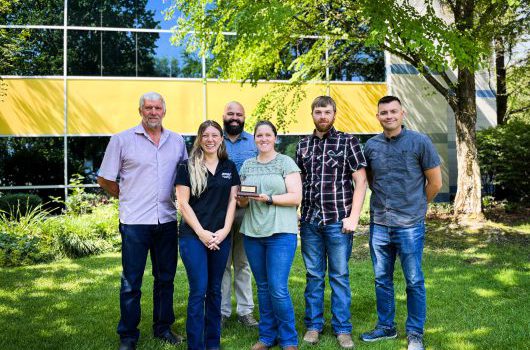


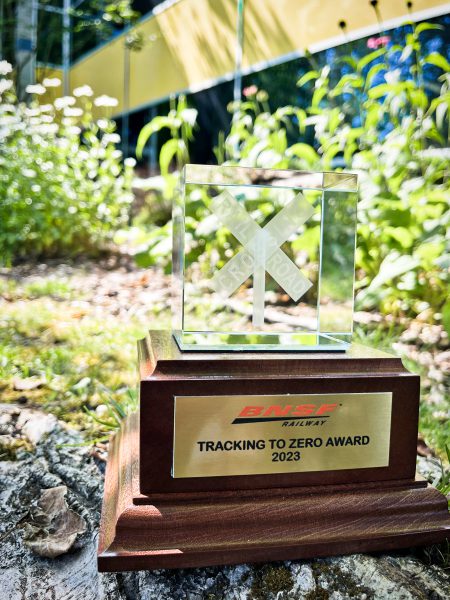 “It truly is a team effort between the agencies,” Traffic Engineering Manager Lee Bernardi stated. Every year members of ITD’s traffic team meet with BNSF specialists in the field at various crossings to review them from a safety perspective and work together to decide the best course of action to improve safety.
“It truly is a team effort between the agencies,” Traffic Engineering Manager Lee Bernardi stated. Every year members of ITD’s traffic team meet with BNSF specialists in the field at various crossings to review them from a safety perspective and work together to decide the best course of action to improve safety.